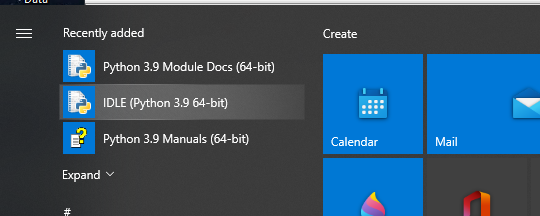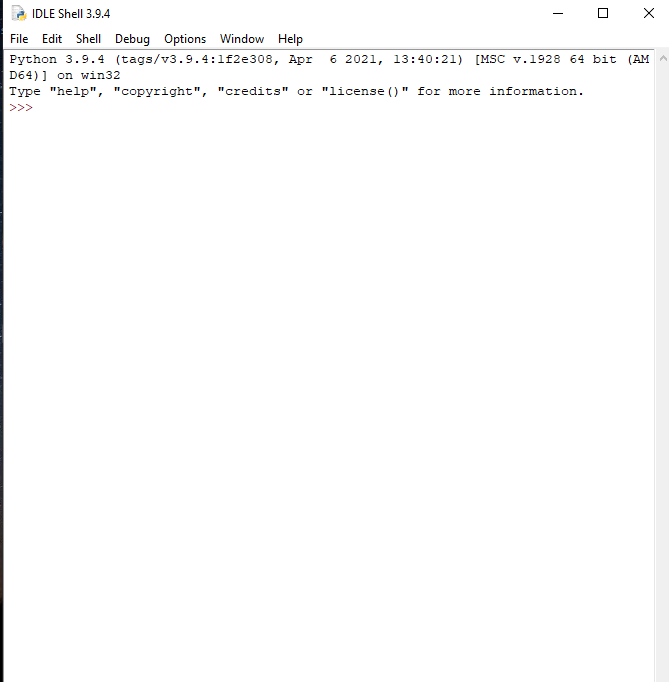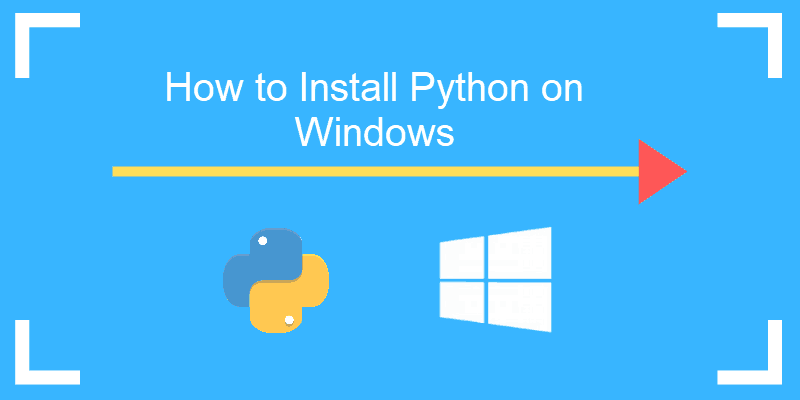Step 1: Download the Python Installer binaries
1. Open the official Python website in your web browser. Navigate to the Downloads tab for Windows.
2. Choose the latest Python 3 release. In our example, we choose the latest Python 3.9.4 version.
3. Click on the link to download Windows x86 executable installer if you are using a 32-bit installer. In case your Windows installation is a 64-bit system, then download Windows x86-64 executable installer.
URL Link: https://www.python.org/downloads/windows/
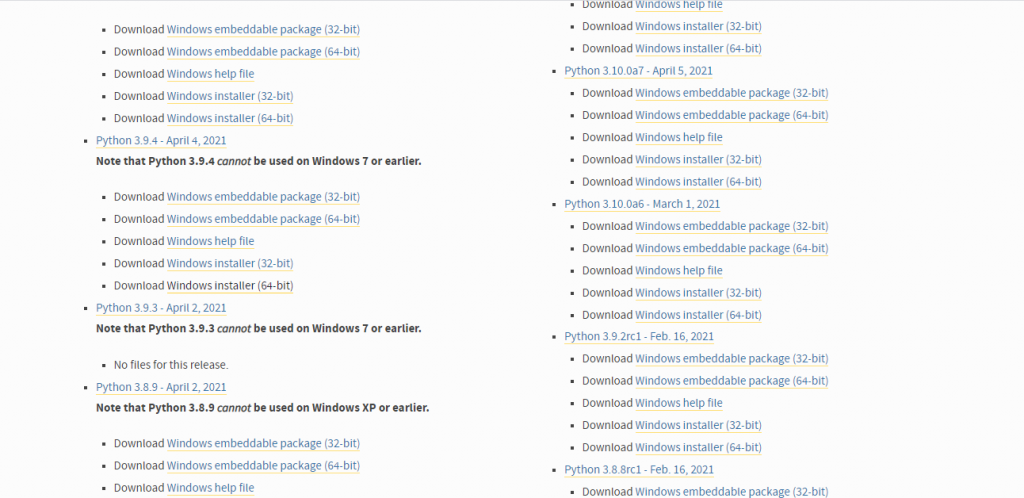
Step 2: Run the executable installer
1. Run the python installer
2. Tick mark “Install launcher for all users” check box option
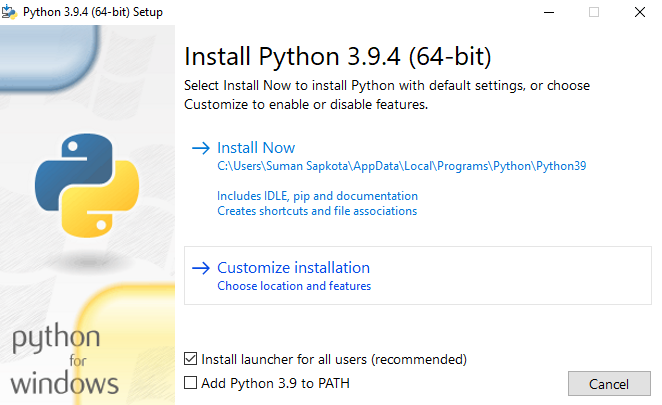
3. Select Customize installation
4. Choose the optional features by checking the following check boxes.
I. Documentation II. Pip III. tcl/tk and IDLE IV. py launcher V. for all users
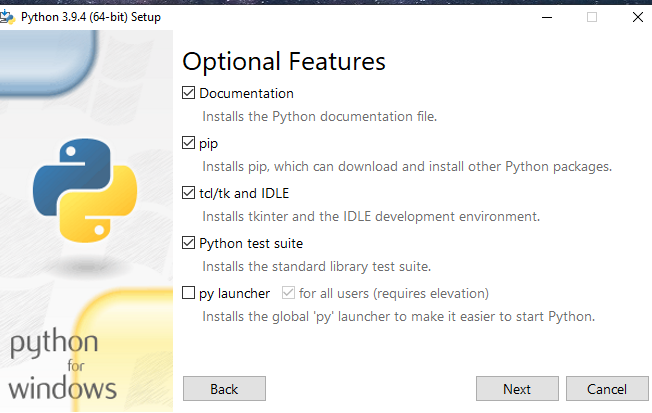
5. Click next
This takes you to the advanced options while installing the python.
6. Select the “Install for all users” and “Add python to environment variables”
7. Click on Install option
8. Once the installation is over, you will see a Python Setup Successful window
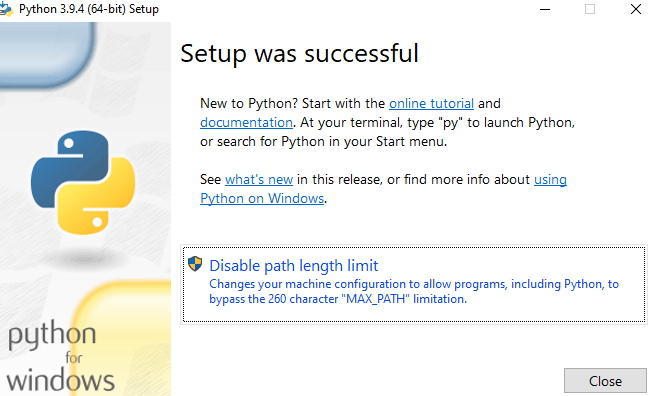
Step 3: Add python to environment variables
The last (optional) step in the installation process is to add Python Path to the System Environment variables. This step is done to access Python through the command line.
In case you have added Python to environment variables while setting the Advanced options during the installation procedure, you can avoid this step. Else, this step is done manually as follows.
- In the Start menu, search for “advanced system settings”.
- Select “View advanced system settings”.
- In the “System Properties” window, click on the “Advanced” tab and then click on the “Environment Variables” button.
- Locate the Python installation directory on your system.
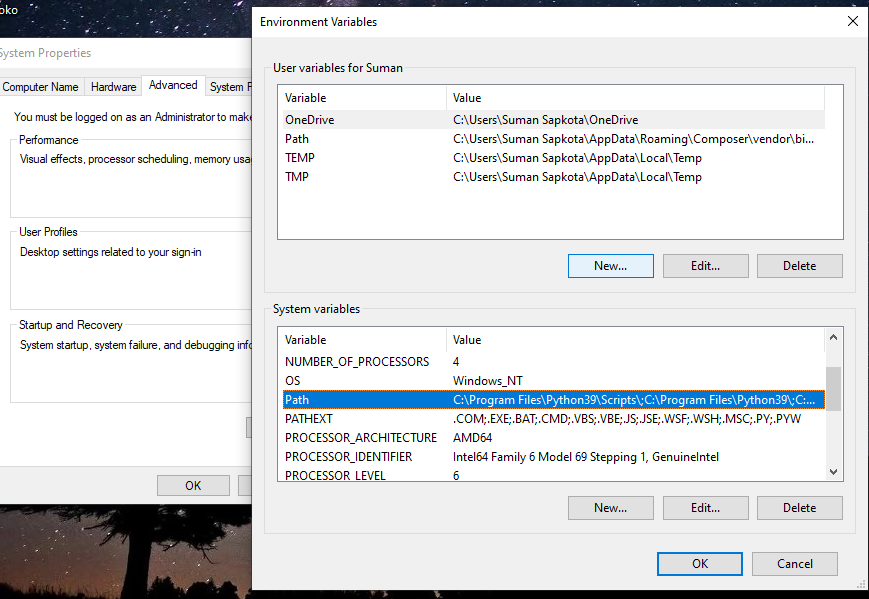
If you followed the steps exactly as above, python will be installed in below locations:
Step 4: Verify the python installation
1. You have now successfully installed Python 3.9.4 on Windows 10. You can verify if the Python installation is successful through the command line or through the IDLE app that gets installed along with the installation.
2. Search for the command prompt and type “python”. You can see that Python 3.9.4 is successfully installed.
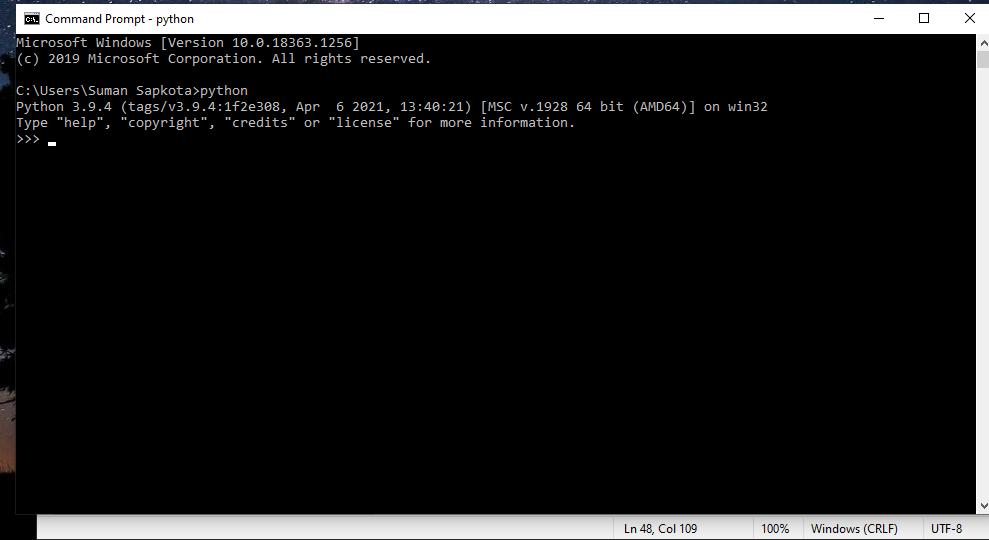
An alternate way to reach python is to search for “Python” in the start menu and clicking on IDLE (Python 3.9 64-bit). You can start coding in Python using the Integrated Development Environment(IDLE).
